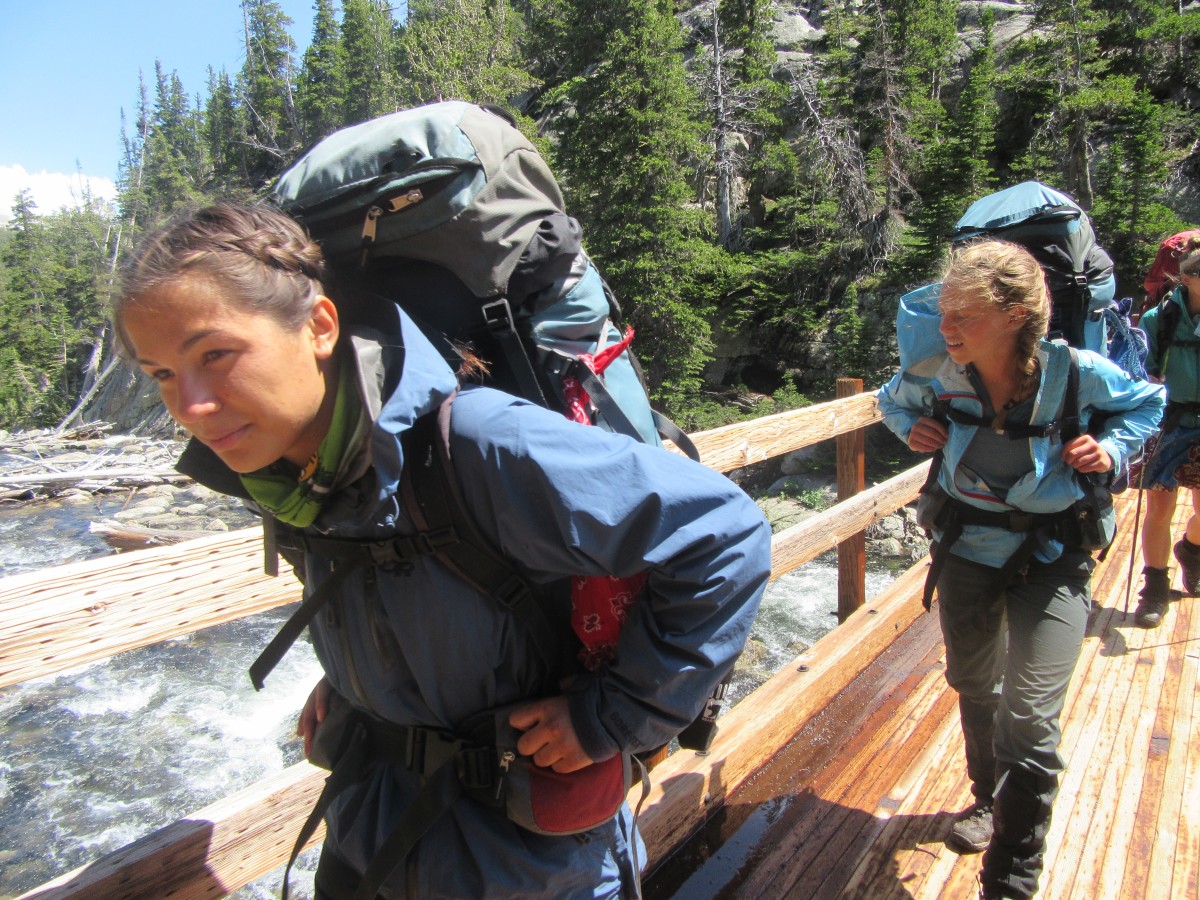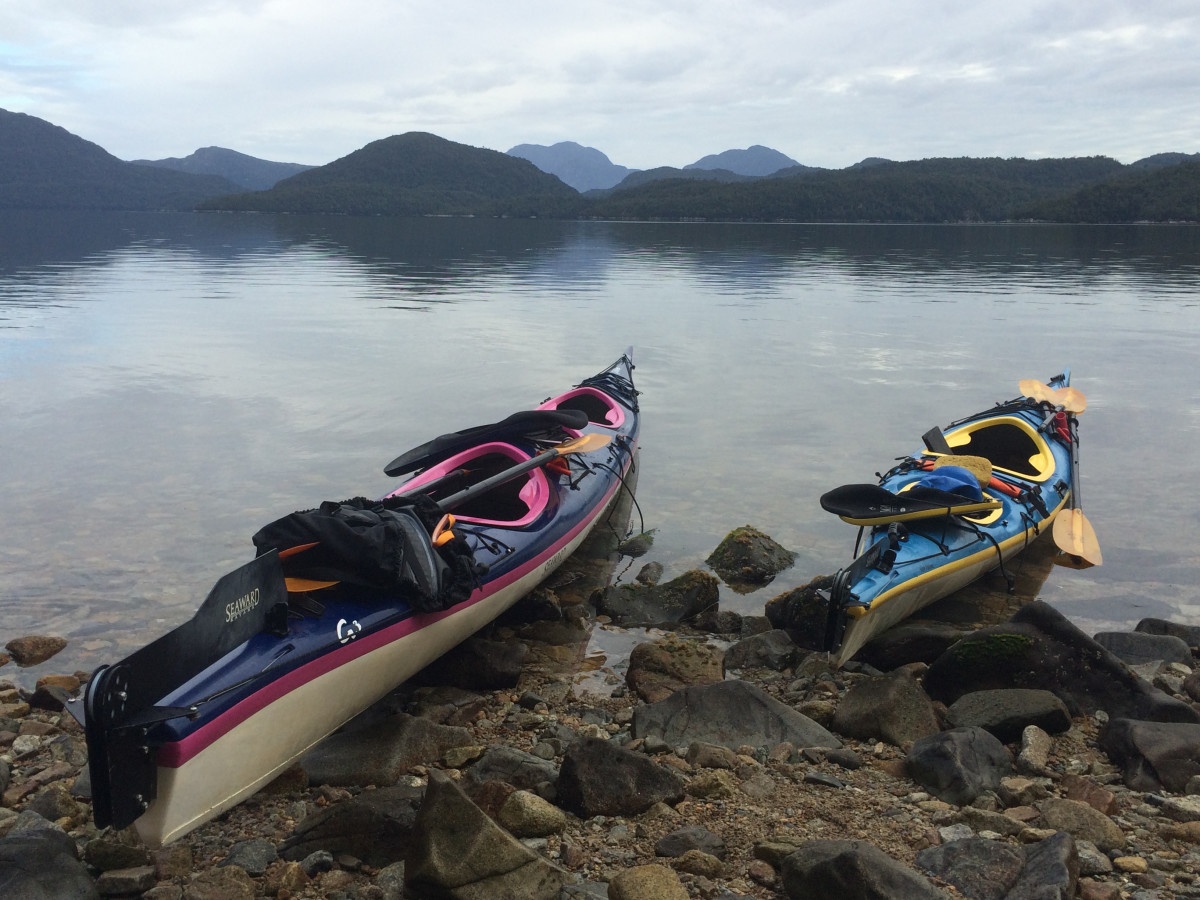
Before you head to the store, check out these five myths about gear to make sure you get what you need!
Myth: I should bring a specialized item for each activity
Wrong! It might be nice to have pots of three different sizes, but adding more to your kit means a heavier load. Choose multipurpose items that you can use throughout the trip.
For example, plastic bags are useful for packaging food. When they’re empty, you can use them to store trash, waterproof items, or make pizza dough, then wash them out and use them again on your next trip.
Myth: I need to wear what the best athletes are wearing
Despite what commercials show, wearing the same outfit as a pro athlete doesn’t mean you’ll have more fun or perform better. In the photos of outdoorspeople from just a few decades ago, you’re more likely to see a bunch of grinning goofballs dressed in what they found at home than in sleek, specialized gear. Of course, you should dress appropriately for whatever conditions you expect to meet—just remember that dressing appropriately doesn’t mean you need to buy fancy gear.
Myth: If I don’t wear the right clothes, people will think I don’t know what I’m doing
False! This myth can be tough to beat because judging by appearances is so common, but what you can do is show that you don’t believe it. Avoid making an assumption about someone's experience level based on how they’re dressed. If you see someone wearing clothes that stand out from everyone else’s, ask them about themselves. And remember that your knowledge and skills didn’t change just because you missed the memo about everyone wearing knee-length leggings.
Myth: Newer is better
Wrong! Most of the time, the gear you bought last year, or even a few years ago, is perfect for the activity you want to do. At NOLS, we see plenty of lifelong instructors head out to the mountains for a month with windpants and jackets they’ve worn since the 1970s. Imagine your gear as your adventure partner that'll be with you for a lifetime of experiences.
Myth: Patched or repaired gear is unreliable
Wrong! There’s plenty of great gear out there you can repair and reuse for years. At NOLS we routinely keep our tents in use by replacing zippers or patching holes with SeamGrip and ripstop Nylon, and we wear patched jackets and shirts with pride.
Some pieces of gear do have an expiration date, though, especially safety equipment like ropes or harnesses. Do your research to learn about when you should retire various pieces of gear and always inspect your gear before doing the activity (for example, some folks recommend retiring a gently-used climbing rope after about five years).
Simple substitutes for fancy gear
Before you head to the store, take a look and see if you can find a few items for your next trip at home.
- Water bottle: Instead of buying a specialty bottle, try using a sports drink bottle.
- Camp chair: Consider sitting on your backpack, or cutting a sitting-sized piece of ensolite foam to sit on.
- Insulating layers: A lot of the insulating layers you’re looking for can be found in a thrift shop—take a look at what's there before buying something new.
- Pillow: Improvise a pillow from a stuffsack full of clothing, or by rolling up your extra layers.
You have the gear—now take it outside. Find your next adventure on a NOLS expedition.
Written By
Molly Herber
Molly is a NOLS instructor and writer. She loves the smell of her backpack and does her best writing before 7:00 am. When she's not scouting the next post for the NOLS Blog, she's running and climbing on rocks in Wyoming. Follow her on Instagram @mgherber



